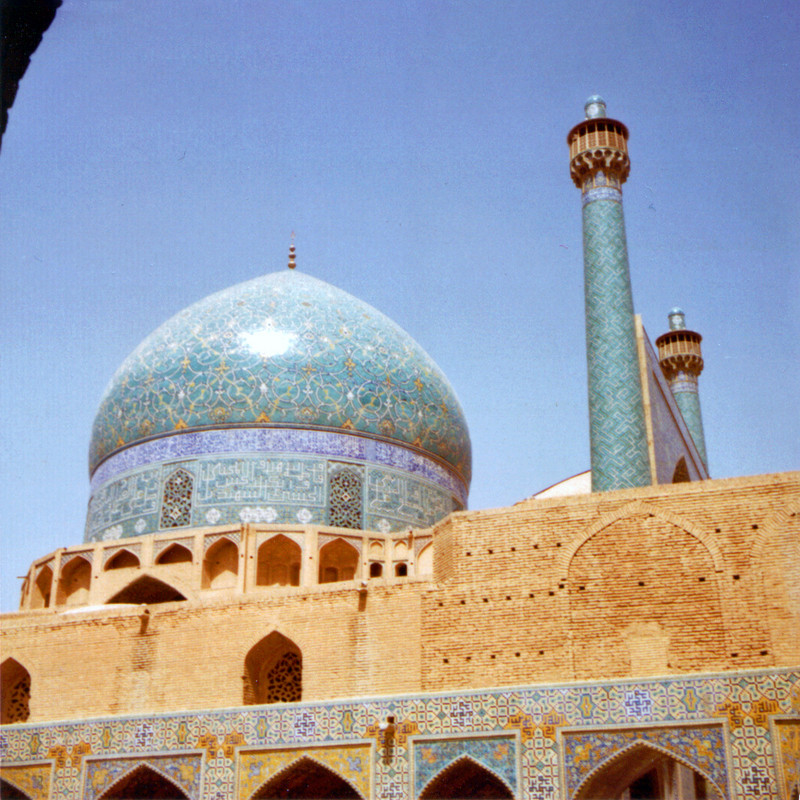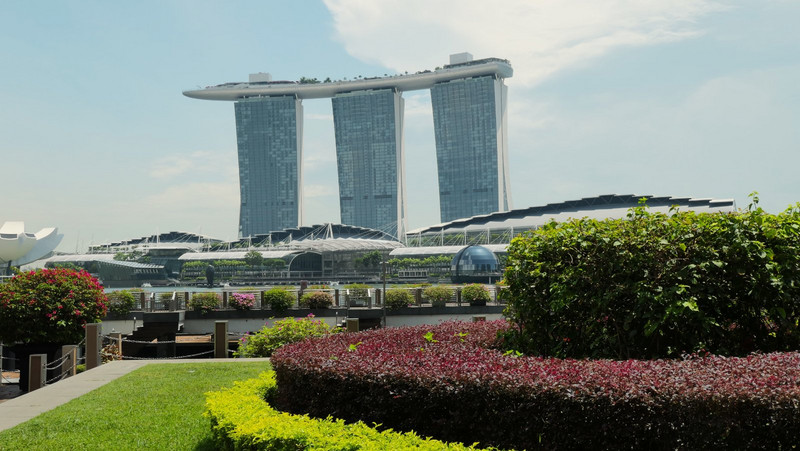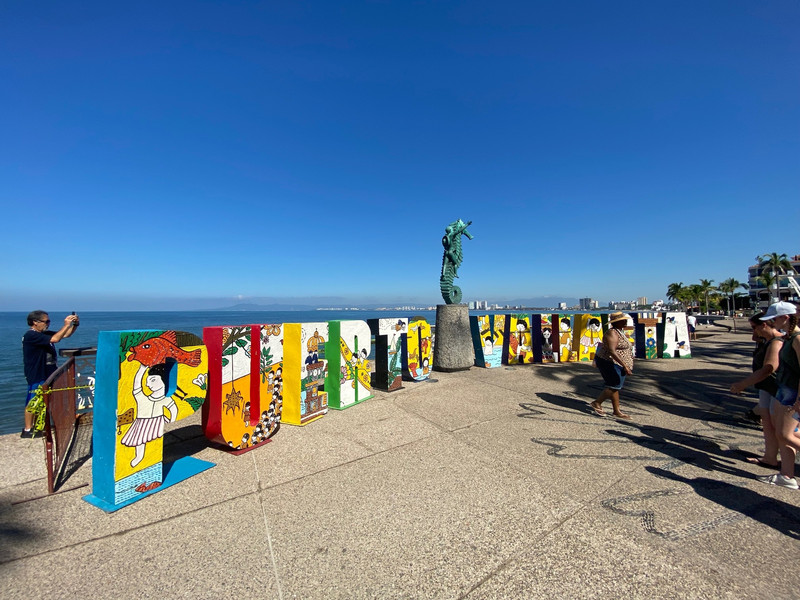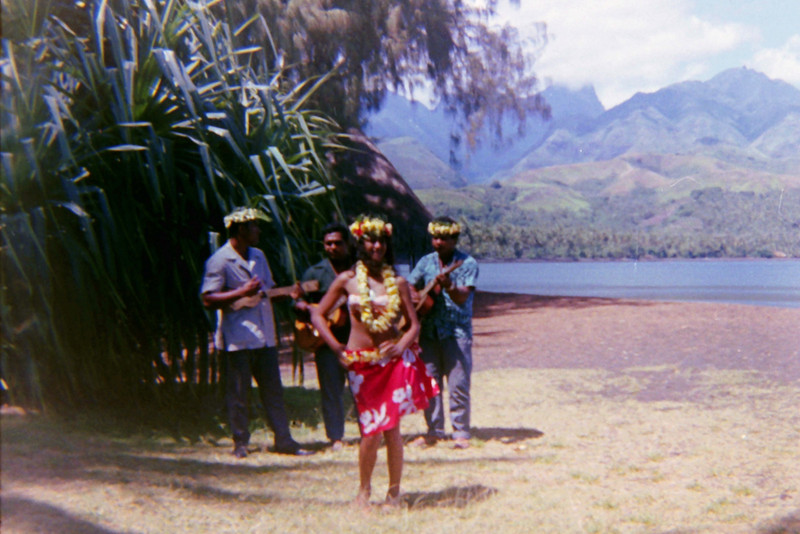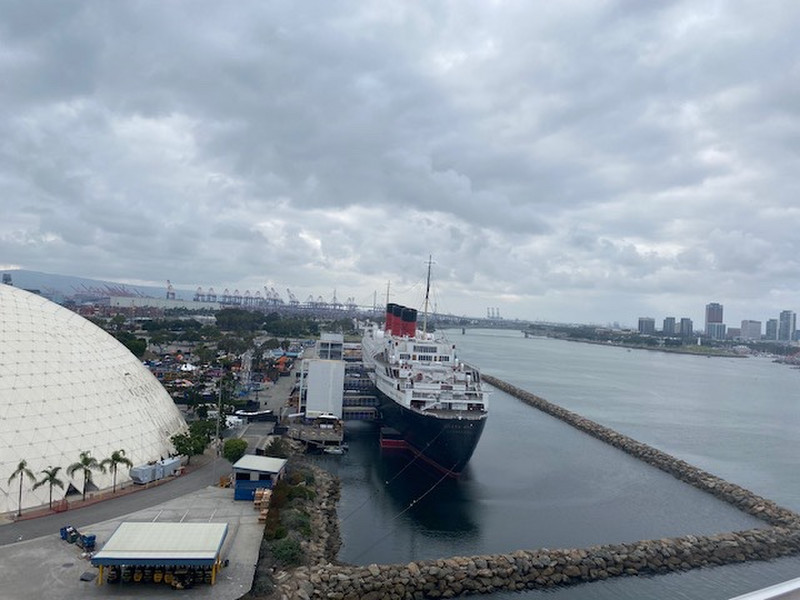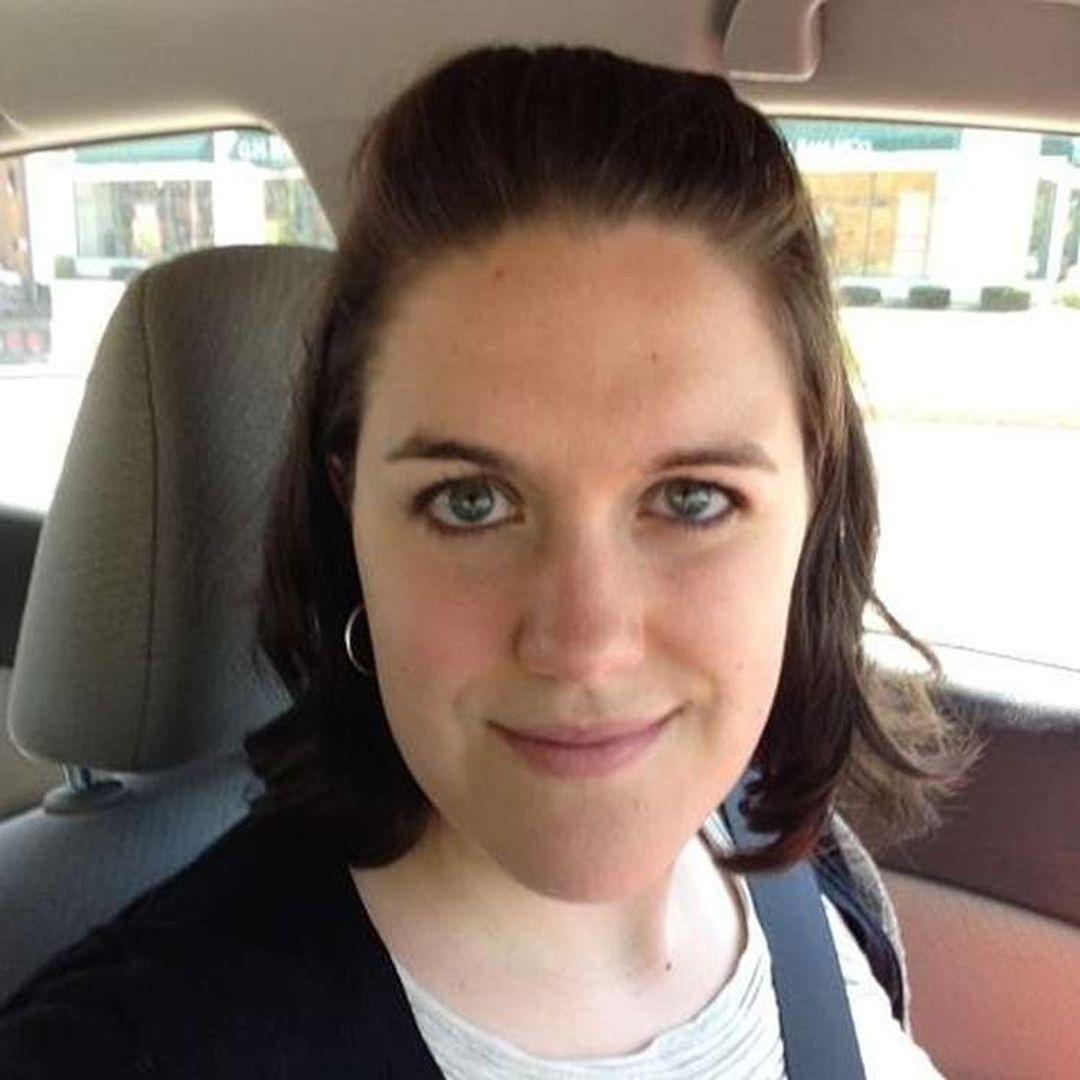A morning IranAir flight brought us down from Tehran to Esfahan (or Isfahan). There were indeed wonders to behold in this city. The principal destination was the Maidan, or Square (called Shah Square then). The central structure is the imposing Shah or Shah Mosque (now known as the Imam Mosque). The mosque was begun in 1611 during the reign of Shah Abbas I who rebuilt Esfahan as his capital. It was simply stunning with its mosaic tile ornamentation and the elegant blue tiled dome was especially memorable. The mosque is considered to represent the high point of Persian architecture in the period of the Safavid Dynasty centuries). Along with Jahan Square, it was named a UNESCO World Heritage Site in 1979.
Most of the famous historic structures in the city date to this period. Especially characteristic of this style is the central courtyard with a fountain or pool bounded by four iwans (rectangular vaulted halls) decorated with elaborate geometric designs. The principal iwan, topped with two minarets, leads to the main prayer hall under the dome. The is at the head of the spacious Maidan. Flanking it are Ali Qapu gateway to one
side and Sheikh Lotf Allah Mosque to the other, both also dating to the time of Shah Abbas. Next to the Maidan is the historic Grand Bazaar.
Esfahan was also the place to learn about the other fine arts of the Safavid period. The Persian Miniature art form, small delicate, paintings depicting literary figures, musicians and the court, reached a high point in Esfahan contemporary with the construction of the great buildings. A walk though Chehel Sotun, a Persian formal garden in Esfahan revealed architectural influences in the traditional geometric setting with pools and fountains artfully set among the plantings and trees. The garden surrounds the Chehel Sotoun, a pavilion at the far end of a long pool. Built by Shah Abbas II in 1647 to be used for entertainment and receptions. The name means Forty Columns, describing the twenty wooden pillars supporting the entrance as reflected by the pool to make forty. Chehel Sotun thus is the Garden of the Palace of Forty Columns. The influence of a colonnaded pavilion and reflecting pool is seen in many venues today, particular performing arts spaces. Chehel Sotun was named a UNESCO World Heritage site in 2011.)
We also visited an unusual sight, in stark contrast with the surroundings and beauty of the square and garden, an underground mill powered by a camel. The camel was blindfolded and walked around a circular track to power the millstone. Im not sure now what product was being milled there, but such mills were used to grind wheat and grain for flour or olive oil. (I dont know how often, or if ever, the unfortunate camel was let out of the dark space.)
At dinner at the Hotel Shah Abbas that evening, our guide brought a guest, an American woman. Apparently she had met her husband while visiting Esfahan, they had married, and she had settled there. (She wore Western attire when visiting us. I dont know where this was her usual custom or not. Her Iranian husband did not put in an appearance.) Somehow the guide knew her and invited her to dinner as she had been out of contact with Americans for a while and wanted to meet the visitors. She was from New Jersey and was a bit disappointed that most of the group was from California. One fellow traveler was from New York City and
the two found ground. Ive wondered what became of her. Did she return to the USA? Did she stay in Esfahan? If she remained in Iran, what happened to her and her husband during the Revolution? Unknowables that add to the mystique of that distant time and place.
